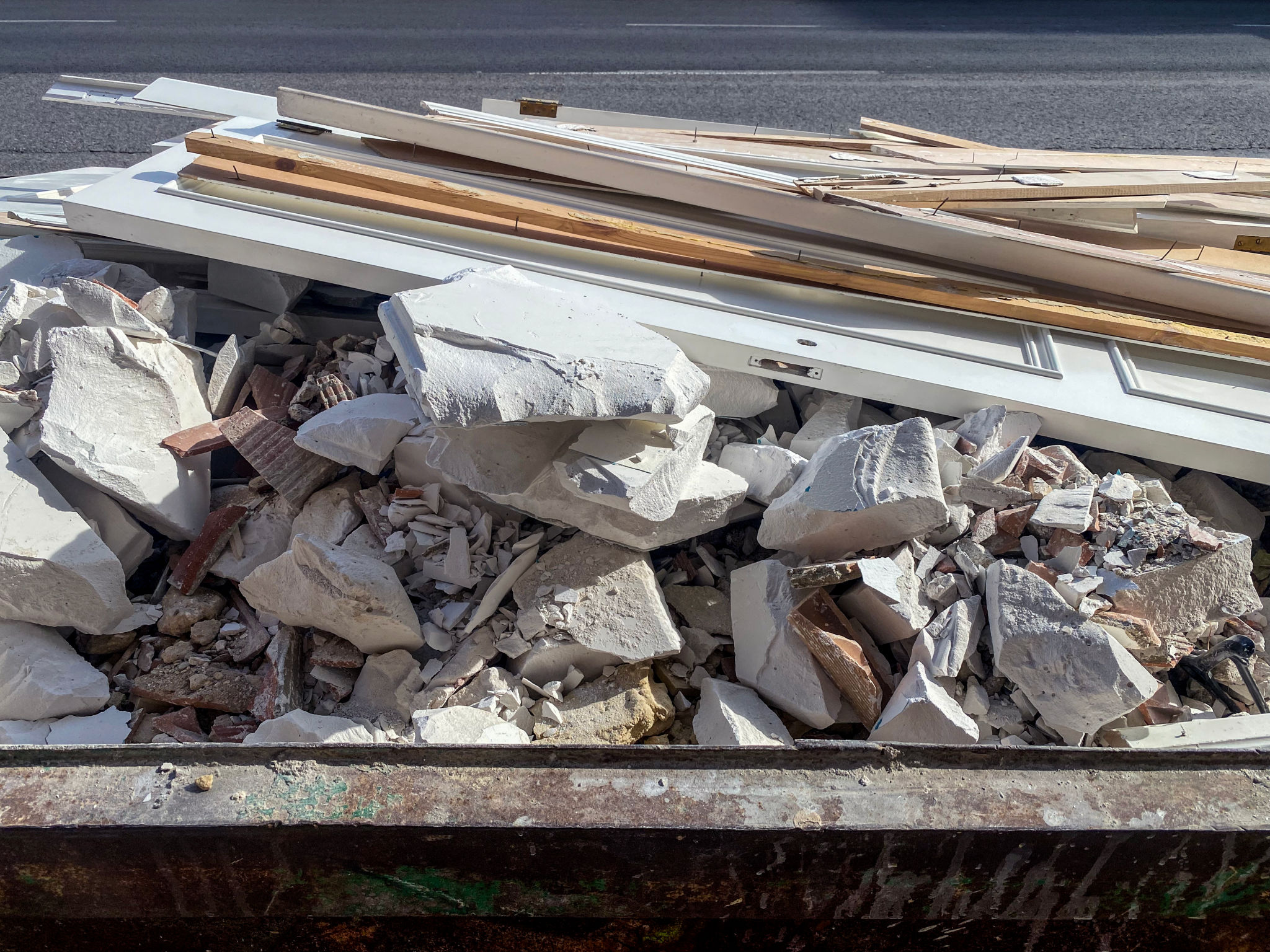Eco-Friendly Construction Practices in Ontario: A Sustainable Approach
Understanding Eco-Friendly Construction
Eco-friendly construction is rapidly gaining traction in Ontario as sustainability becomes a top priority. This approach integrates environmentally responsible practices throughout the construction process, minimizing negative impacts on the environment. From initial design to the final build, eco-friendly construction aims to reduce waste, conserve energy, and use sustainable materials.
Adopting green building practices not only benefits the environment but also enhances the well-being of occupants. For instance, using non-toxic materials can improve indoor air quality and create healthier living spaces. The movement towards sustainable construction is not just a trend; it is a necessary shift towards a more sustainable future.

The Role of Sustainable Materials
Choosing the right materials is crucial in eco-friendly construction. Builders in Ontario are increasingly opting for materials that are renewable, recyclable, and locally sourced. Some popular sustainable materials include bamboo, reclaimed wood, and recycled metal. These materials not only reduce the carbon footprint but also often offer better durability and aesthetic appeal.
The use of locally sourced materials is particularly emphasized, as it reduces the energy required for transportation and supports the local economy. Moreover, these materials often have a lower environmental impact compared to those that are mass-produced and shipped from distant locations.
Energy Efficiency in Building Design
Energy efficiency is a cornerstone of eco-friendly construction practices. Buildings designed with energy efficiency in mind can significantly reduce energy consumption and costs. This is achieved through various strategies, such as incorporating high-performance insulation, energy-efficient windows, and smart HVAC systems.
In Ontario, many new constructions are integrating renewable energy sources like solar panels and wind turbines. These not only provide clean energy but also contribute to energy resilience by reducing reliance on non-renewable energy sources.

Innovative Water Management Solutions
Water conservation is another vital aspect of sustainable building practices. Innovative solutions such as rainwater harvesting, greywater recycling systems, and low-flow plumbing fixtures are becoming standard in eco-friendly constructions in Ontario. These systems help reduce water usage and promote efficient water management.
Implementing these water-saving technologies can lead to substantial cost savings in the long run and contribute to the conservation of water resources, which is especially important in regions facing water scarcity issues.
The Importance of Waste Reduction
Waste reduction is a significant component of eco-friendly construction. By adopting practices like prefabrication, builders can minimize waste during the construction process. Additionally, recycling construction debris and using deconstruction methods instead of demolition can further reduce waste.

Construction companies in Ontario are also employing digital technologies to optimize designs and streamline processes, which helps in reducing material waste and improving project efficiency. These efforts are essential as they contribute to a reduction in landfill use and overall environmental impact.
The Future of Eco-Friendly Construction in Ontario
As Ontario continues to prioritize sustainability, the future of eco-friendly construction looks promising. With advancements in technology and growing awareness of environmental issues, more builders are expected to adopt sustainable practices. This shift not only aligns with global sustainability goals but also meets the increasing demand for environmentally conscious housing and commercial spaces.
In conclusion, eco-friendly construction practices are paving the way for a more sustainable and resilient future in Ontario. By embracing innovative solutions and sustainable materials, the construction industry can significantly contribute to environmental preservation while enhancing the quality of life for residents.
